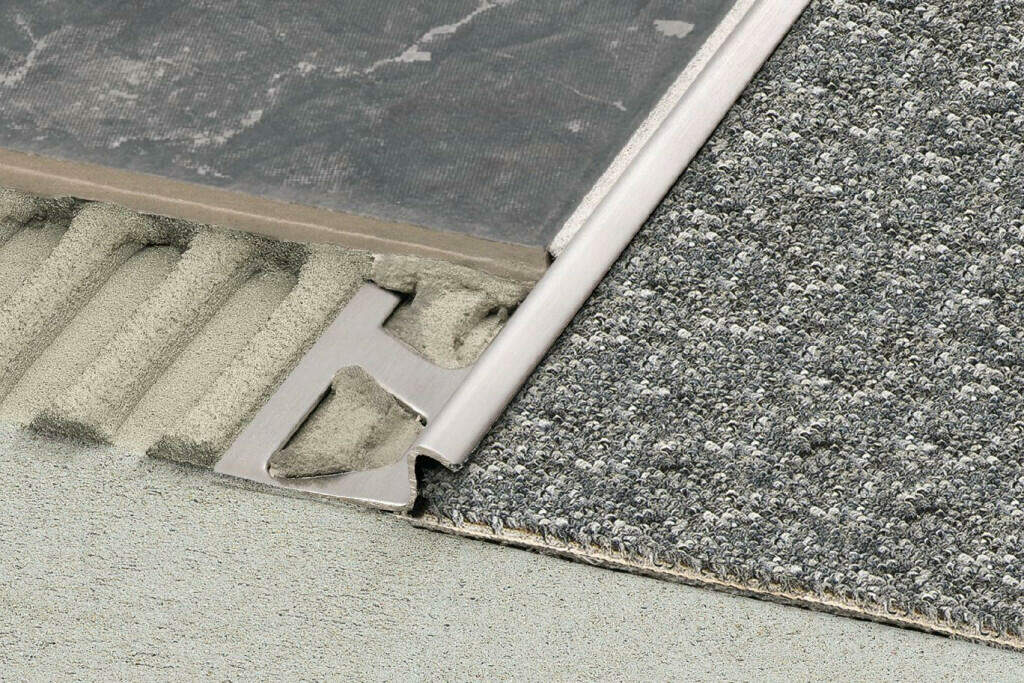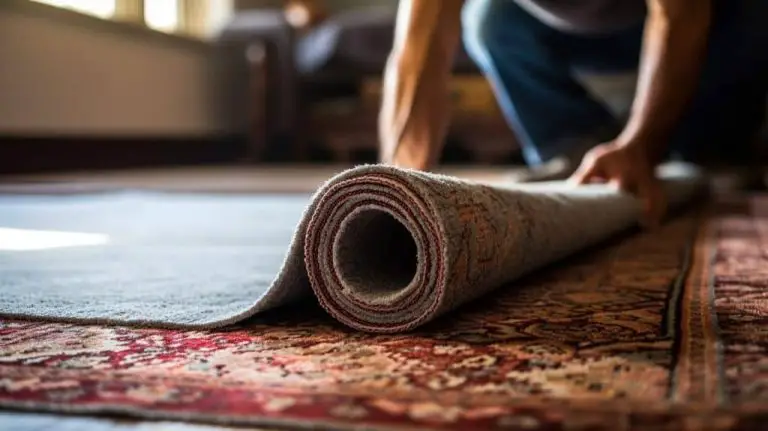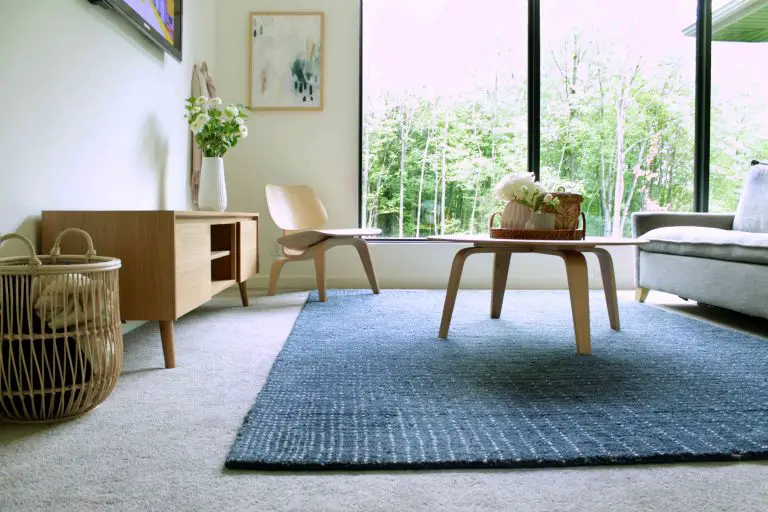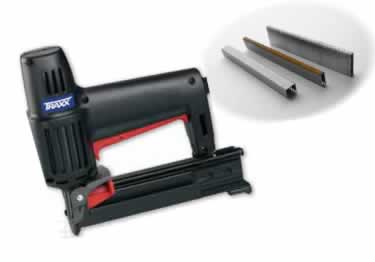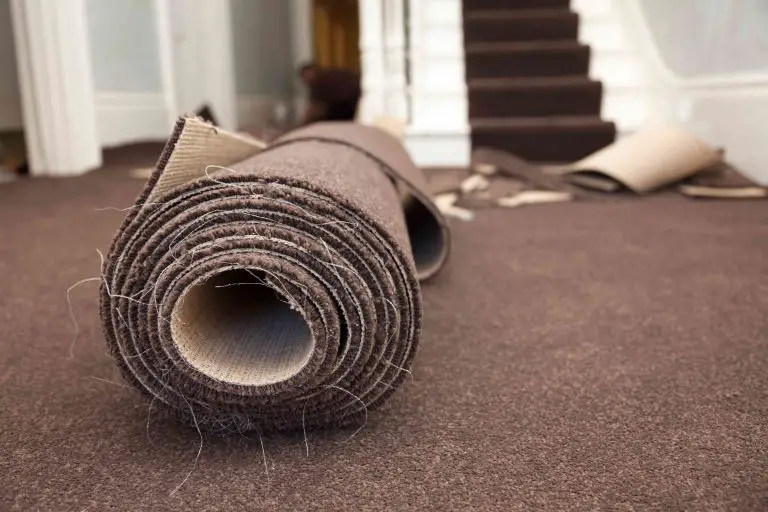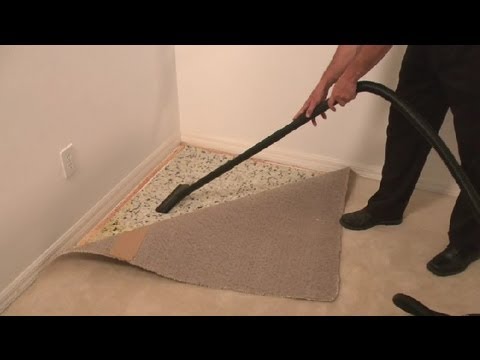How To Transition Tile To Carpet
Transitioning from tile to carpet is a great way to add a touch of style and luxury to any room. It can be a daunting task, however, if you don’t know what steps to take. With the right tools and materials, transitioning from tile to carpet can be relatively easy. This guide will provide you with the steps to make the transition from tile to carpet as seamless as possible.
Safety Considerations for Transitioning Tile to Carpet
When transitioning from tile to carpet, there are some safety considerations you need to take into account. Installing a transition strip between the two surfaces helps to reduce tripping hazards and provides a smoother transition. Additionally, there are a few things you should consider when selecting the type of transition strip you use.
Firstly, the transition strip should be thick and durable enough to withstand foot traffic and other wear and tear. Secondly, the strip should be long enough to cover the entire area where the two surfaces meet. Thirdly, it should be rated for use in wet and/or damp areas, depending on the location of the transition. Finally, ensure that the transition strip is of the same color and material as the tile and carpet so that it blends in with the surrounding surfaces.
Installing a transition strip is a straightforward process. Start by cleaning the area thoroughly, then measure and cut the strip to fit the space. Next, attach the strip to the floor using nails, adhesive, or screws. Finally, seal the edges of the strip to complete the installation.
Transitioning tile to carpet can be a daunting task, but the right transition strip will make the job easier and provide safety and security for years to come. Taking the time to ensure that you select the right transition strip and install it properly will help you create a smooth, seamless transition between the two surfaces.
Selecting a Carpet Type for the Transition
When transitioning from tile to carpet, selecting the right type of carpet is key. Not only should it match the existing décor of your home, but it should also be suitable for the space and its intended purpose. Carpets come in a variety of styles and materials, making it easy to find one that fits your needs.
For instance, if you’re looking for a carpet that’s low maintenance, consider a low-pile carpet. This type of carpet is typically made from polyester and nylon, making it resilient to dirt and stains. To make vacuuming a breeze, choose a low-pile carpet with a tight weave, which will help trap dust and dirt.
For a more luxurious feel, consider a high-pile carpet. This type of carpet is made from wool, silk, and other premium materials, making it more expensive than low-pile carpets. It’s also softer and more comfortable underfoot, making it ideal for bedrooms and other living spaces.
If you’re looking for a budget-friendly option, try a synthetic carpet. Synthetic carpets are typically made from olefin, polyester, or nylon, making them a cost-effective choice. They can also be dyed in a variety of colors and patterns, making it easy to find one that fits your style.
No matter what type of carpet you choose, make sure it’s suitable for the space, as well as the amount of foot traffic it will receive. For a smooth transition from tile to carpet, take the time to select the right type of carpet for your home.
Making the Transition From Tile to Carpet
Transitioning from tile to carpet can be a daunting task, but the right preparation and materials can make the process much easier and less stressful. It is important to know the basics of transitioning between tile and carpet before attempting to do so. This article will provide an in-depth analysis of how to transition from tile to carpet, including information on the necessary materials, installation techniques, and helpful tips for achieving a seamless transition.
When transitioning from tile to carpet, the first step is to ensure that the subfloor is clean, flat, and free from any debris. The subfloor should also be inspected for any deficiencies that could potentially interfere with the installation process. After the subfloor has been prepared, it is important to select the right type of carpet and padding for the job. Quality underlayment and padding will help to reduce sound and improve the feel of the carpet. Additionally, selecting the appropriate adhesive is essential for a successful transition.
Once the materials are in place, the installation process can begin. Start by laying down the carpet and padding in the desired pattern. Secure the carpet and padding to the subfloor using the adhesive, and then trim and tuck the edges of the carpet for a smooth finish. Finally, apply a sealant to the edges of the carpet to prevent moisture from seeping through and to ensure a secure transition.
It is important to follow all of the necessary steps when transitioning from tile to carpet to ensure a successful installation. With the right preparation and materials, as well as a bit of patience and skill, transitioning from tile to carpet can be a rewarding experience.
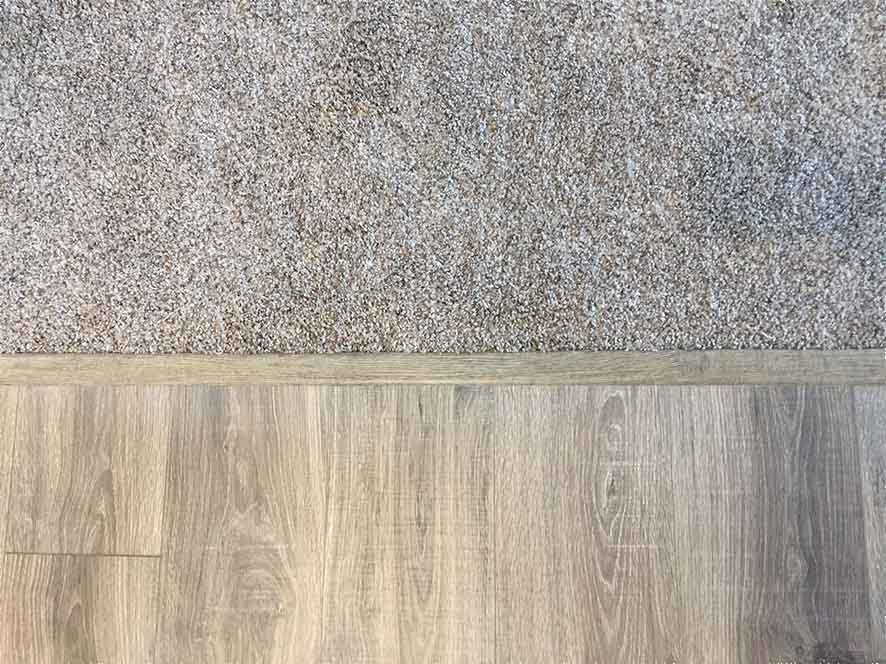
Seaming the Carpet for a Smooth Transition
Carpet-to-tile transition can be a tricky process, and seaming the carpet is one of the most important steps. Seaming is the process of joining two pieces of carpet together with aeam tape. This ensures that the transition between the two surfaces is smooth and seamless. To ensure the best results, it is important to use the right type of tape, as well as a reliable seaming method. Here are some tips to help you achieve a seamless transition between your tile and carpet.
First, you’ll need to choose a seaming tape that is designed specifically for carpet-to-tile transitions. Make sure to select a tape that is both strong and flexible, and is designed not to fray or unravel. Once you have chosen the right tape, you’ll need to cut it into pieces the same size as the seam you want to create.
Next, you’ll need to prepare the seam area. This means vacuuming and cleaning the area to remove any dirt, dust, or debris. Once the area is clean, you’ll need to use a carpet knife to trim both sides of the seam. This will help ensure that the carpet pieces fit together properly.
Finally, you’ll use the seaming tape to join the two carpet pieces together. The tape needs to be applied firmly but evenly, with no gaps or wrinkles. You’ll need to press the tape down firmly as you go to ensure a tight bond. Once the seam is complete, you’ll need to secure the edges with carpet tacks to prevent the carpet from fraying or unraveling.
By following these tips, you can achieve a smooth, seamless transition between your tile and carpet. With the right tools and techniques, you’ll be able to create a beautiful and professional finish.
Tools and Materials Needed for Transitioning Tile to Carpet
When transitioning from tile to carpet, it’s important to have the right tools and materials. The process of transitioning from one type of flooring to another can be time-consuming but the result is worth the effort. To create a smooth transition from tile to carpet, you’ll need to have the correct tools and materials on hand.
First, you’ll need to determine the height of the tile, as this will dictate the height of the transition strip needed. A transition strip will need to be cut to fit the exact height of the tile and to get the most accurate measurement, a tile cutter or measuring tool will be necessary.
Once the transition strip has been cut, you’ll need to make sure you have the right adhesive to secure it. Make sure you purchase one that is designed for your particular type of flooring. Additionally, you may need to purchase additional materials such as a power drill, a jigsaw, and a baseboard to finish the look.
Finally, you’ll need to take the time to ensure that you transition tile to carpet correctly. This means taking measurements, securing the transition strip with adhesive, and smoothing everything out for a seamless transition. With the right tools and materials, you can complete this project in no time.
Tips for a Professional Looking Transition
Making a smooth transition between tile and carpet can be tricky, but with the right tools and techniques, it’s doable. Whether you’re replacing existing carpet with tile or installing a new carpet over existing tile, there are several steps you can take to ensure a professional-looking transition.
First, make sure that the surface of the tile is even and level. If it is not, use a tile leveling system to create the proper surface. This will help make the transition look smooth and professional.
Next, measure the area where you’ll be making the transition. This will help you determine the size of the transition strip you’ll need to purchase. It’s important to choose a transition strip that matches the color and texture of both the tile and the carpet.
Once you have the strip in place, use a urethane adhesive to secure it to the floor. This will help to ensure the transition strip is secure Professional-looking.
Finally, use a transition molding to cover any gaps between the tile and carpet. This will help make the transition look seamless and professional.
By following these steps, you can make a smooth transition between tile and carpet that looks professional and polished. Just make sure to measure accurately and use the right materials for the job.
Maintenance and Care of a Tile to Carpet Transition
Having a title-to-carpet transition in your home can make a room look polished and luxurious. However, having a smooth and seamless transition between tile and carpet can be a challenge. Proper maintenance and care of the transition is essential to keep it looking its best. Here are some tips to help you keep your tile-to-carpet transition looking great:
Start by vacuuming the area to remove dirt and dust. This will help ensure that dirt and dust don’t accumulate in the transition area. Regular vacuuming will also help to prevent staining and discoloration of the transition area.
A sealant can also help to prevent dirt and dust from accumulating in the transition. Applying a sealant can also help to prevent moisture from seeping into the transition area, which can cause mold and mildew.
Be sure to inspect the transition area regularly for signs of wear and tear. If there are any chips or cracks, be sure to repair them immediately to prevent any further damage.
Caring for a title-to-carpet transition can be a challenge, but with regular maintenance and care, you can keep your tile-to-carpet transition looking great for years to come. Regular vacuuming, sealing, and inspection are all essential to maintaining the beauty and longevity of your tile-to-carpet transition. With the right maintenance and care, you can enjoy a beautiful and smooth transition between tile and carpet in your home.
FAQs About the How To Transition Tile To Carpet
Q1: What type of transition strip should I use to transition between tile and carpet?
The type of transition strip used depends on the flooring materials and the height difference between the two. In general, a T-molding transition strip is used for a transition between tile and carpet that is the same height. For a transition between two different heights, an overlap reducer or carpet reducer can be used.
Q2: What are the steps I need to take to install a transition strip between the tile and the carpet?
The first step is to measure the gap between the two surfaces. Next, cut the transition strip to fit the gap. Place the cut strip into the gap and secure it in place with nails or glue. Finally, attach the transition strip to the tile and carpet by using a caulking gun and construction adhesive.
Q3: What should I do if the transition strip is too wide or too narrow for the gap between the tile and carpet?
If the transition strip is too wide, you can use a jigsaw to cut it down to size. If the transition strip is too narrow, you can install a wider transition strip or use a transition strip with an adjustable width.
Conclusion
Transitioning tile to carpet is a straightforward process that can easily be done with the right materials and tools. With the right preparation and installation techniques, you can make a seamless transition between tile and carpet, resulting in a look that is both aesthetically pleasing and durable. Whether you are a DIYer or a professional, this guide has provided you with the steps needed to create a successful transition between tile and carpet.
